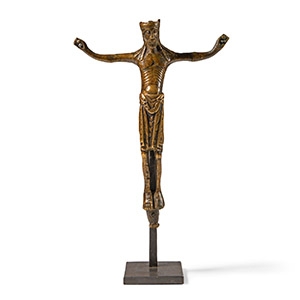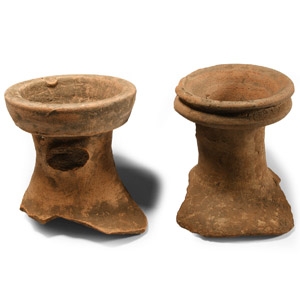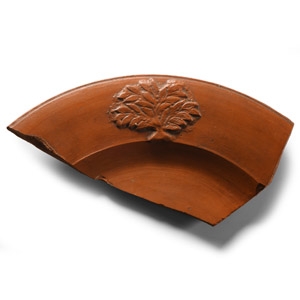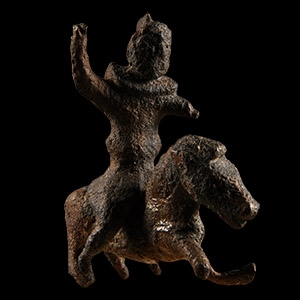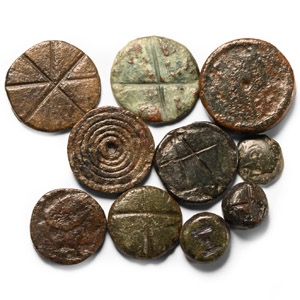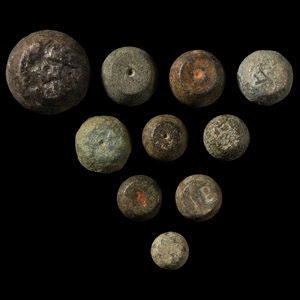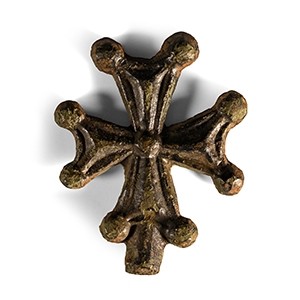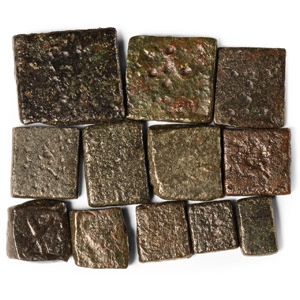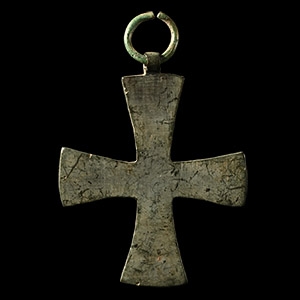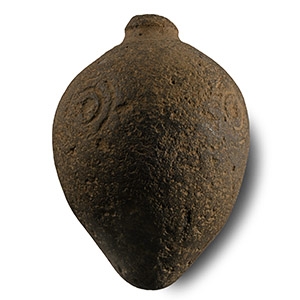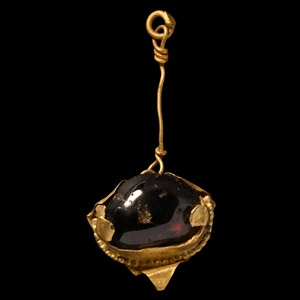Home > Auctions > 5 - 9 March 2024: Ancient Art, Antiquities,
Natural History & Coins
Auction Highlights:
Found by construction workers in the 1950s-1960s.
From the private collection of Mr A Hills, Kent, UK; received by gift circa 2015.
Acquired 1960s-1990s.
From the late Alison Barker collection, a retired London barrister.
For similar foliage and vegetal applique on terra sigillata see Mackensen, M., 'The study of 3rd century African red slip ware based on the eividence from Tunisia' in Malfitana, D., Poblome, J. and Lund, J., Innovating Perspectives on Roman Pottery Studies, Atti del Convegno Internazionale di Studi Catania, 22-24 Aprile 2004, Catania, 2006, pp.105-124, fig.13.
The representation of an olive tree on this sigillata is not casual. In the early Imperial period the export of the Adriatic olive oil, following the amber road, moved from Aquileia to the provinces of Roman Pannonia. During the 3rd century, the production of the Spanish olive oil reached the Northern Roman provinces. Olives were transported in particular amphorae and served with specific vessels, distinguishing the black olives (olivae nerae) from the white olives (olivae albae).
Found UK.
From a collection acquired on the UK art market from various auction houses and collections mostly before 2000.
From an important Cambridgeshire estate; thence by descent.
Cf. Durham, E., Metal Figurines in Roman Britain, vol. 2, Reading, 2010, pl.87a,b, for type.
Acquired since the 1970s.
From the private collection of a Surrey, UK, gentleman.
See Weber, K., Byzantinische Münzgewichte: Materialkorpus für 1-Nomisma-Gewichte, Schwelm, 2009, for discussion.
Acquired 1980-2015.
Ex Abelita family collection.
Accompanied by an academic paper by military specialist Dr Raffaele D'Amato, dated 15 July 2019 and titled 'Eastern Roman Empire - Greek Fire Bomb or Hand Grenade (μεσαίον kακάβιον) 9th-11th century AD'.
Cf. Arendt, W. I., Granaten des 13-14. Jahrhunderts, die an der Wolga gefunden sind, Zeitschrift fur Historische Waffen-und Kostumkunde, 11 (1926-8), p.42; cf. Arendt, W., Die Spharisch-konischen Gefäße aus Gebranntem Ton, ibid; cf. Ayalon, D., Gunpowder and Firearms in the Mamluk Kingdom, London, 1956, p.16; the shape finds correspondence with a fire grenade in the Kars Museum, no.14.09.2009.
Apart from the use of siphons or manual flame-throwers called cheirosiphona, special corps of Roman soldiers employed terracotta grenades, in the form of small jars, abundantly evidenced in archaeological excavations. They were called μεσαία kακαβιά or κυτροκακάβια where the former had a bulbous shape and the latter a more cylindrical form.
Ex Simmons gallery, London, UK.
Ex North London collection, 1990s.
Belgium collection, 1980s.
From the collection of an London antiquarian.
Cf. Wamser, L., Die Welt von Byzanz - Europas Östliches Erbe, München, 2004, item 543, for type.
Collected from 1969-1999.
From the collection of the late Mr S.M., London, UK.
Acquired since the 1970s.
From the private collection of a Surrey, UK, gentleman.
Acquired in Munich, Germany, in 2001.
European private collection.
Acquired 1980-2015.
Ex Abelita family collection.
Accompanied by an academic paper by military specialist Dr Raffaele D'Amato, dated 15 July 2019 and titled 'Eastern Roman Empire - Greek Fire Bomb or Hand Grenade (μεσαίον kακάβιον) 9th-11th century AD'.
Cf. Arendt, W. I., Granaten des 13-14. Jahrhunderts, die an der Wolga gefunden sind, Zeitschrift fur Historische Waffen-und Kostumkunde, 11 (1926-8), p.42; cf. Arendt, W., Die Spharisch-konischen Gefasse aus Gebranntem Ton, ibid; cf. Ayalon, D., Gunpowder and Firearms in the Mamluk Kingdom, London, 1956, p.16; the shape finds correspondence with a fire grenade in the Kars Museum, no.14.09.2009.
Apart from the use of siphons or manual flame-throwers called cheirosiphona, special corps of Roman soldiers employed terracotta grenades, in the form of small jars, abundantly evidenced in archaeological excavations. They were called μεσαία kακαβιά or κυτροκακάβια where the former had a bulbous shape and the latter a more cylindrical form.
From a late Japanese specialist collector, 1970-2000s.
769 - 780 of 2726 LOTS

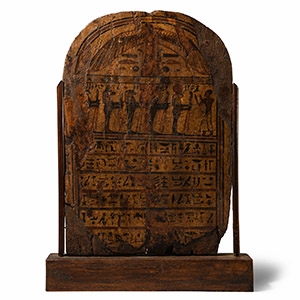
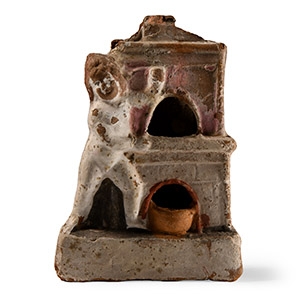

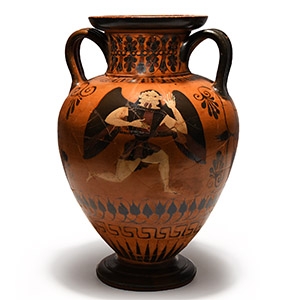
.jpg)
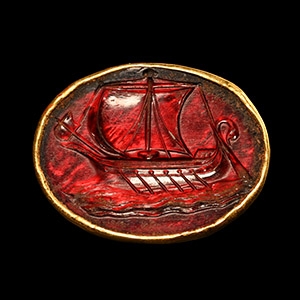
.jpg)

.jpg)

.jpg)
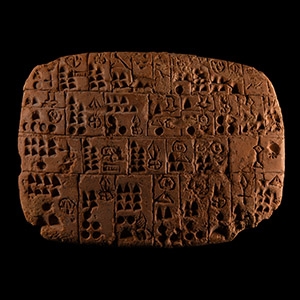

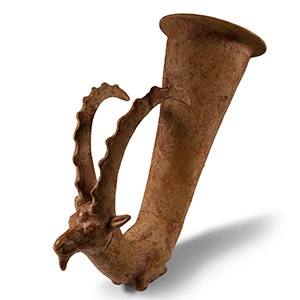
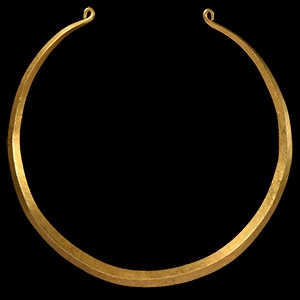
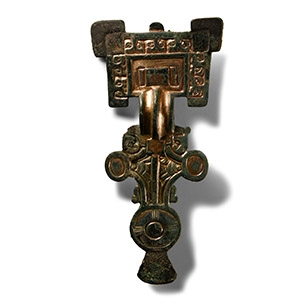
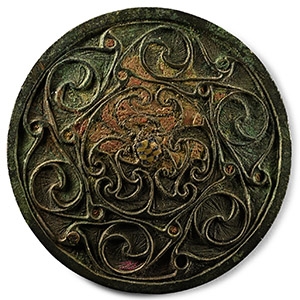

.jpg)
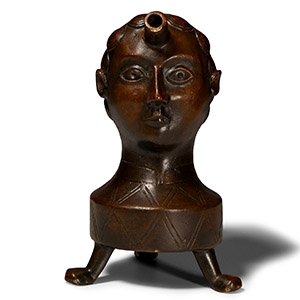
.jpg)

.jpg)
